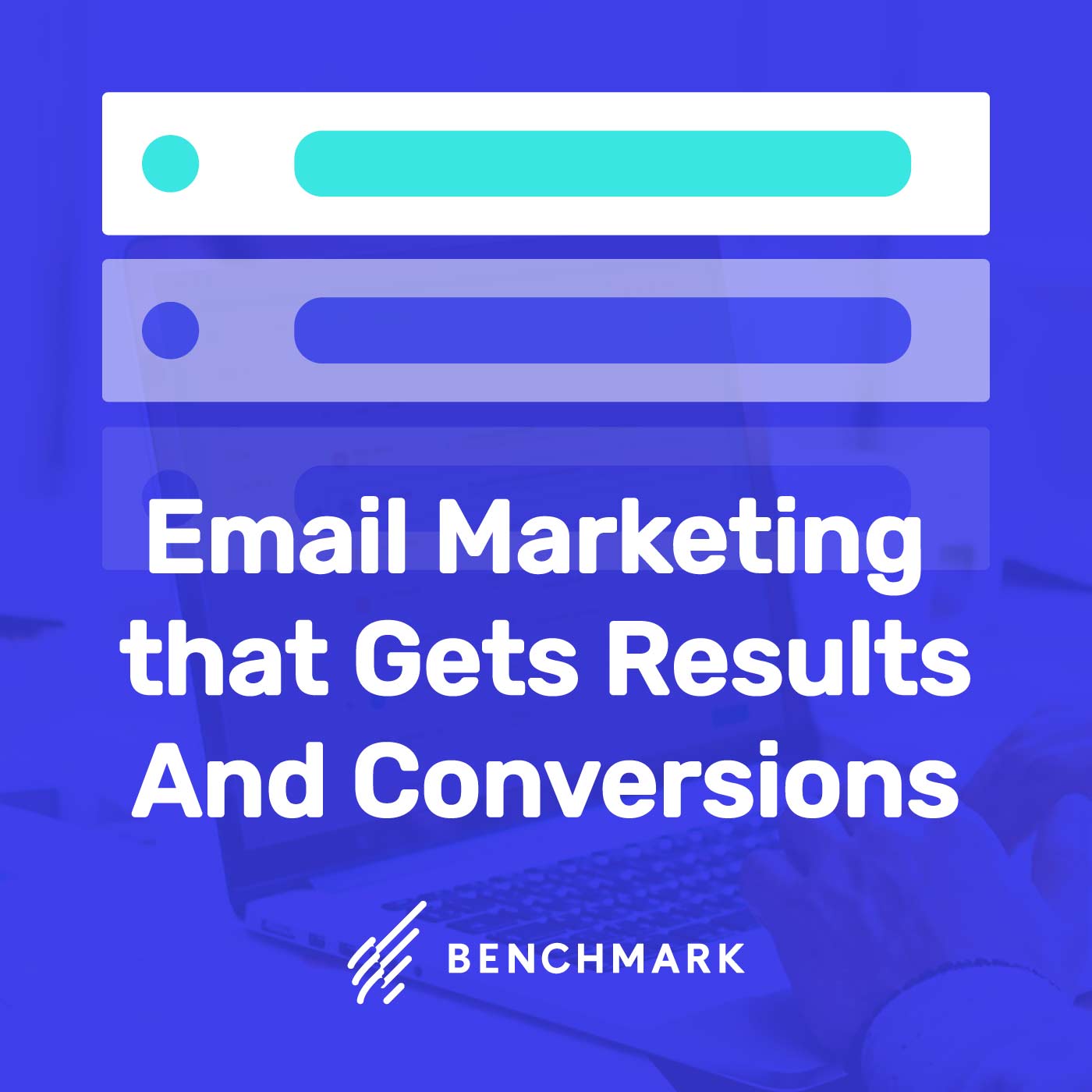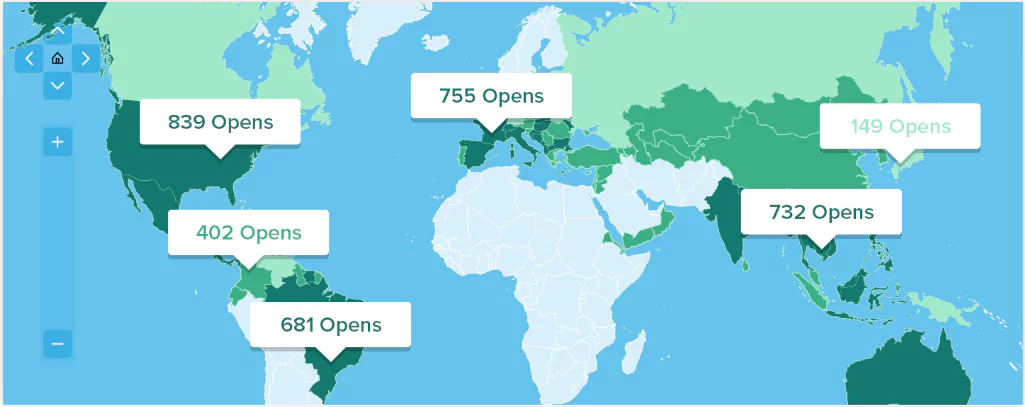
“What no one is telling you about hair loss.”
“Hair loss products.”
Which email subject line would motivate a hair loss sufferer to open? But how many opens can you expect with a subject line that sparks curiosity? You might be surprised.
The Dinosaur is Not Extinct
Email marketing is a dinosaur. At least that’s a common belief of business owners who prefer to spend their marketing dollars in other places. The reasons for the belief that email marketing is “dead” are as follows:
- People’s inboxes are stuffed. They scan through them and only open those that are from friends. Everything else they discard.
- Their mobile devices now segment emails based upon “priorities” and “promotions,” and the “promotions” are just not opened.
- Many now have two email accounts (or more)- one for work, one for personal communications, and one that they provide whenever they order something online. The last one is the one they never check, except to receive order or shipping confirmation.
The reality is email is not “dead.” And it can be an amazing marketing tool, if it is done right. And therein lies the key: doing it right.
But first, a few statistics that may surprise you, based upon a survey conducted by Kissmetrics:
- 66% of those surveyed stated they have made a purchase based upon an email offer
- 91% of respondents stated they check their email at least once a day
- 33+% stated that they opened the email based upon the subject line
These stats paint a very different picture of email marketing, and it means that content marketers need to re-think their campaigns, if they have been reducing their email marketing. It can still be a powerful tool.
The stats are only one part of the story, though. The question is, how do you craft emails so that you land in that segment that is opened and then acted upon.

Here are 5 strategies and tips for doing it right:
1. Getting Recipients to Open Them
This is 50% of the battle for marketers. Nothing happens until an email is opened by a target. There are two proven strategies, and they may work for you.
- The “From” Line: Rather than the company name, perhaps using your first name along with the company name may motivate and open. It makes it more personal and not like it was generated by some automated system. This is especially important if targets have subscribed to your emails/newsletter.
- That Critical Subject Line: Here is where you must be engaging. And certainly not spammy or like an aggressive salesperson. Promising to solve a problem or issue or answer a question will usually pique interest or curiosity.
Consider using what are known as “power words” too. These are usually adjectives (e.g., hysterical, hilarious, mind-blowing, etc.) There is a list published by Smart Blogger you should take a look at.
Intrigue the reader by promising something really important or useful. You know your target audience. What will they find important? Sometimes a “how to…” works well. “How to craft an amazing blog post in 30 minutes or less” would be a good subject line for a content marketer.
Another good tactic is to ask the reader for help. A simple, “I need your help, please” or “I need your opinion.” This is a psychological strategy, because most people genuinely want to help others.
- The Opening Line: Here’s the thing about opening lines. At least a part of them usually show up in the subject line. (depending on the length of your subject title and browser). So, you have to consider these just as important, and you need to use the same tactics that you do for the subject title. And most mobile devices show part of that opening line.
Here’s an example that demonstrates everything covered so far:
![]()
Note: Matt did not put the name of his company in the “from” position – just his name. That’s probably because the recipient has subscribed to his newsletter or blog, and knows him by now. The subject title is engaging and intriguing, and the first line addresses an issue common with service providers – winning more clients.
Don’t be afraid to be a little weird and funny in the title and opening line, as Matt Inglot was. You know your audience and their sense of humor.
The only time you have to be a bit careful is when your emails are being translated into other languages for foreign targets. Marketers are increasingly targeting foreign-language speaking audiences, and it will be important that visuals and language are well-received and appropriate.
2. The Email Body
One of the things we know about today’s consumer and Internet user. He likes to browse and “snack” on stuff, and that includes emails. He doesn’t want to spend a lot of time reading. And you don’t have a lot of time to garner his attention either.
So, get to the point quickly.
You may want some type of greeting, but don’t use the old “Hi there…my name is…” – boring. Address the recipient by name, and open with something to bring the reader “closer” to you personally. “If you’re like me, you…” Now they are identifying with you – always a good thing.
Then get on with the point of the email. Are you running a sale? Are you giving some valuable “how to” information? Your goal is to provide value to the reader – how will what you are offering improve their lives in some way?
Example: Look at this email from Pizza Hut:

It’s primarily visual – always a good thing, especially for mobile users. And the text speaks to the “value” of what is being offered, as well as a problem solved – easy way to take care of a Saturday night get together with friends. Enough said!
Keep it simple. Don’t overload with any irrelevant stuff. You can also refer them to a blog post or website page with a link for more detail.
Use very short paragraphs, with the point of that paragraph in the first line. Sometimes asking a question as an opening sentence is effective, because it motivates them to find the answer in the sentences that follow. “Do you know what really causes bag under your eyes?” Doing this helps keep you on track too.

Example: FreshBooks offers a solution for professionals who bill by the hour and need to keep track of that billing on the go. Note, the first paragraph explains the whole point simply in one short paragraph. There is a link for the reader to learn more about the product. And the additional value of having a support team on call is an added benefit.
3. The Closing – You Need to “Nail It”
This is the part of the email with your CTA and where the reader makes a decision – to move to the next step toward a purchase; to access a page on your site with product details, to download something, or to subscribe to your newsletter.
And speaking of newsletters, they can be a big part of email campaigns, if they are done right. If you struggle with how to create a newsletter, subscribe to some yourself and see how those marketers engage readers. You will find many of the same tactics that you are reading here.
Example: Here’s a holiday email newsletter from Apple. It provides gift ideas and CTA’s to “shop now,” “Reserve a gift,” and “Learn More.”

The main point in the closing is to be clear about what you want them to do and tell them exactly how to do that. “Click here to get all of the product details.” “Click here to register for the workshop.”
Urgency is Important: From a psychological standpoint, it’s a good idea to create some urgency in your closing. Fear of missing out (FOMO) tends to make people act. “Click here to register for the workshop – there are 7 spaces left.” If you are offering a special, set a deadline for its expiration.
Example: Look at the FOMO CTA from Disney World on Ice promoters. The CAT is to “book Now” with a promo code to use. And this is the recipients “last chance to secure seats…for less.”

4. When to Send Emails
Hubspot did a study on the best open rates based on day of the week and time of day. Here is what the study found:
- Tuesday is the best day of the week to send emails. This makes sense. People’s Mondays tend to be busy and they tend to ignore or delete if their inboxes are too full.
- The best time of the day to send emails is the two hours between 10:00 a.m. and 12 noon, with a slight peak at 11:00 a.m.
5. Follow-Up
So, someone has opened your email. Now, what can you do to move them along? If you are using the right tools, and of course you are, you know who is opening and when they are doing that. Here are the tactics that work well:
- Send out targeted emails to the “opens.” If you have a phone number, call instead. Ask if they have any questions about your product/service
- Provide more value regularly. If you have created an e-book, for example, send an email with a free download link; offer special pricing on a product they have been looking at; send an article that was written by news media about your product or service.
The point is to keep the door open always. If a target has opened one of your emails, that person is a definite lead. Following up fast and then at spaced intervals after that will keep the relationship going. The target may not be ready to buy yet, but when he is, your brand will be foremost in his mind.
6. A/B Testing
This goes without saying. Try several different subject titles for the same email and track the open rates. Use this information as you craft subject titles going forward.
Conclusion
Email marketing does still matter. What’s more, it is one of the most cost-effective marketing campaign strategies, especially given all of the free tools out there to target, segment, and track. If you have abandoned email marketing for other strategies, keep those other strategies, but use these tactics to initiate an email campaign. What do you have to lose?



